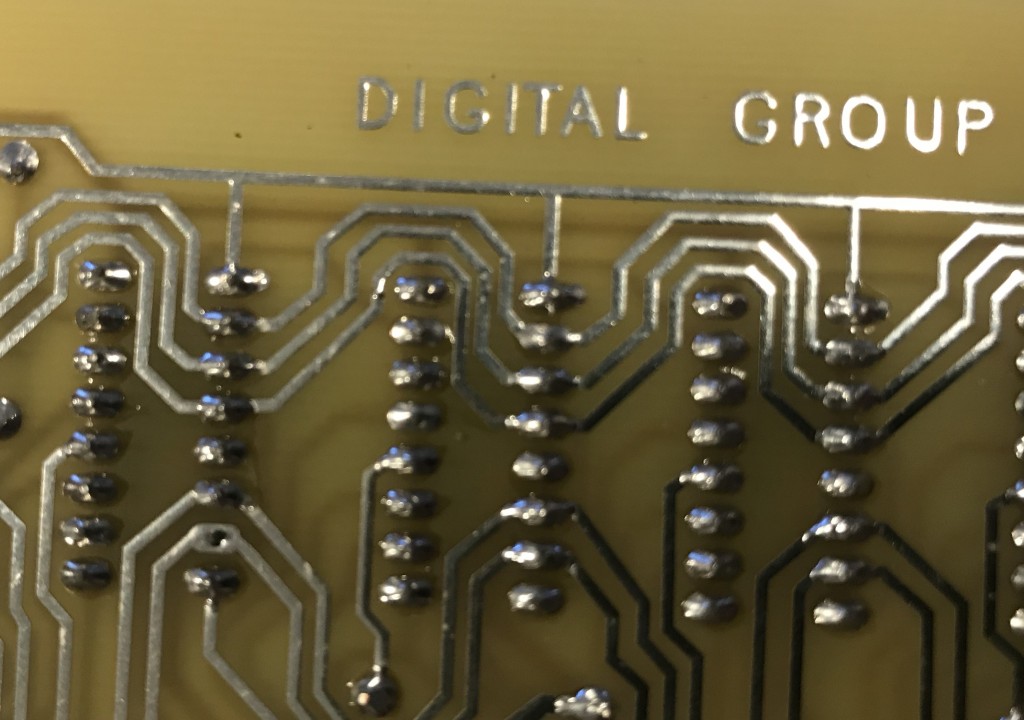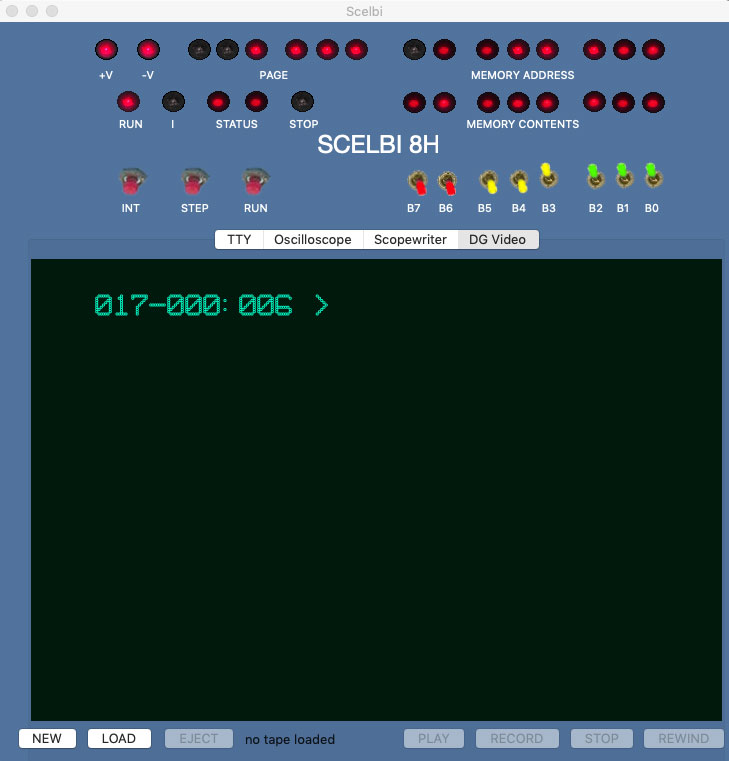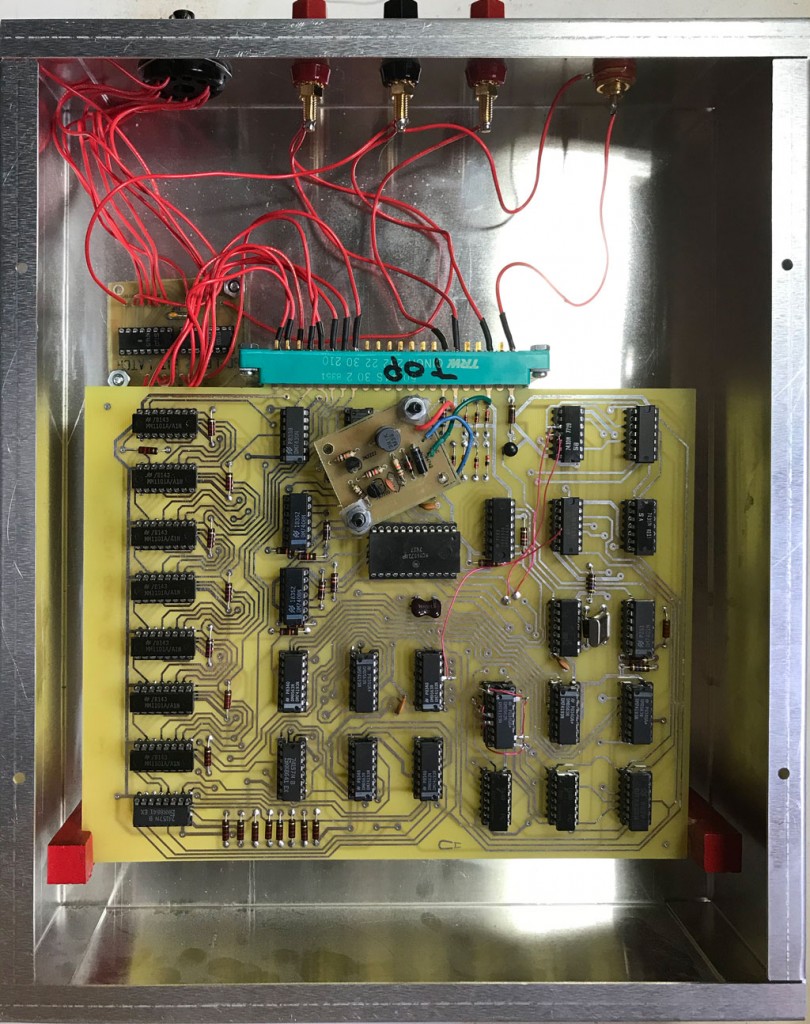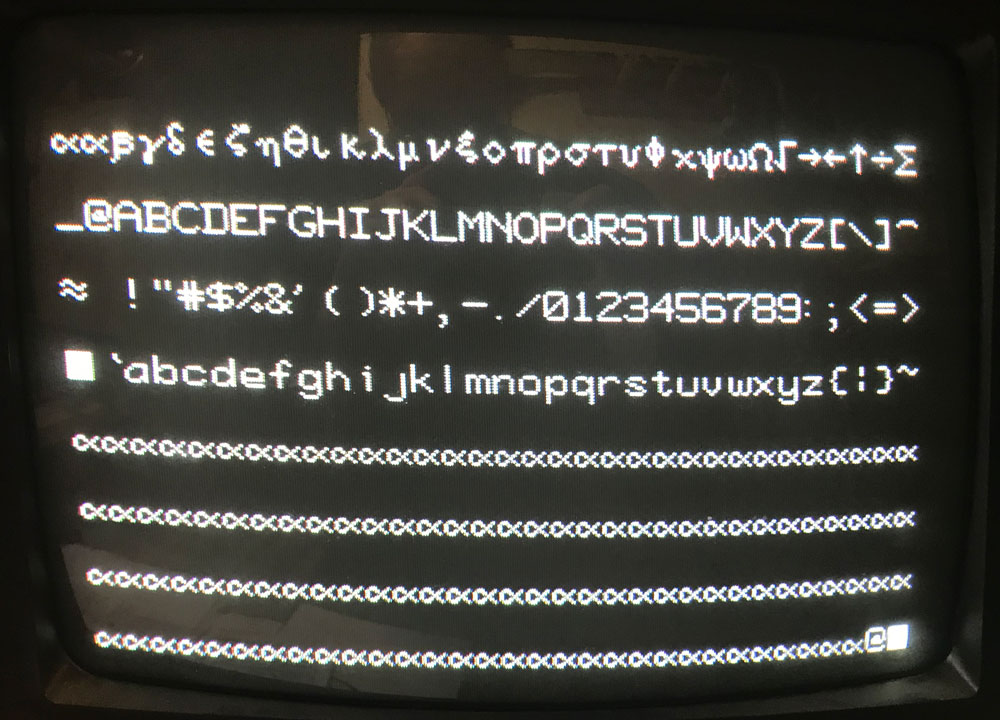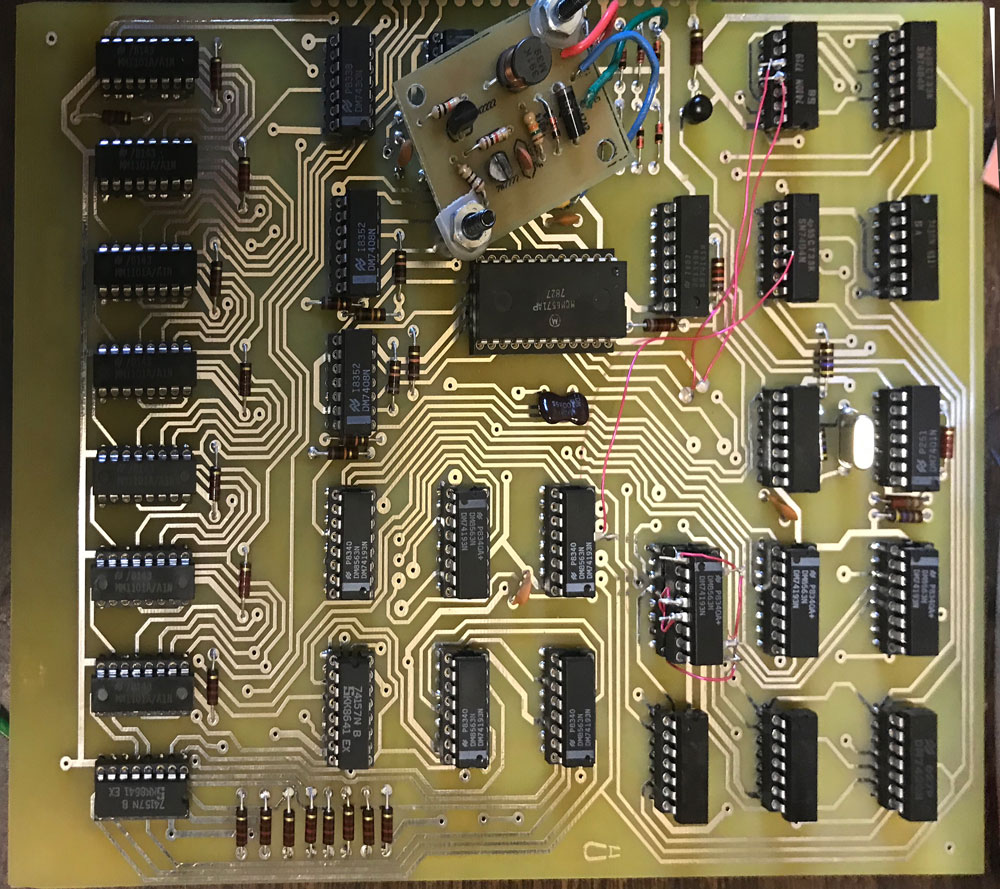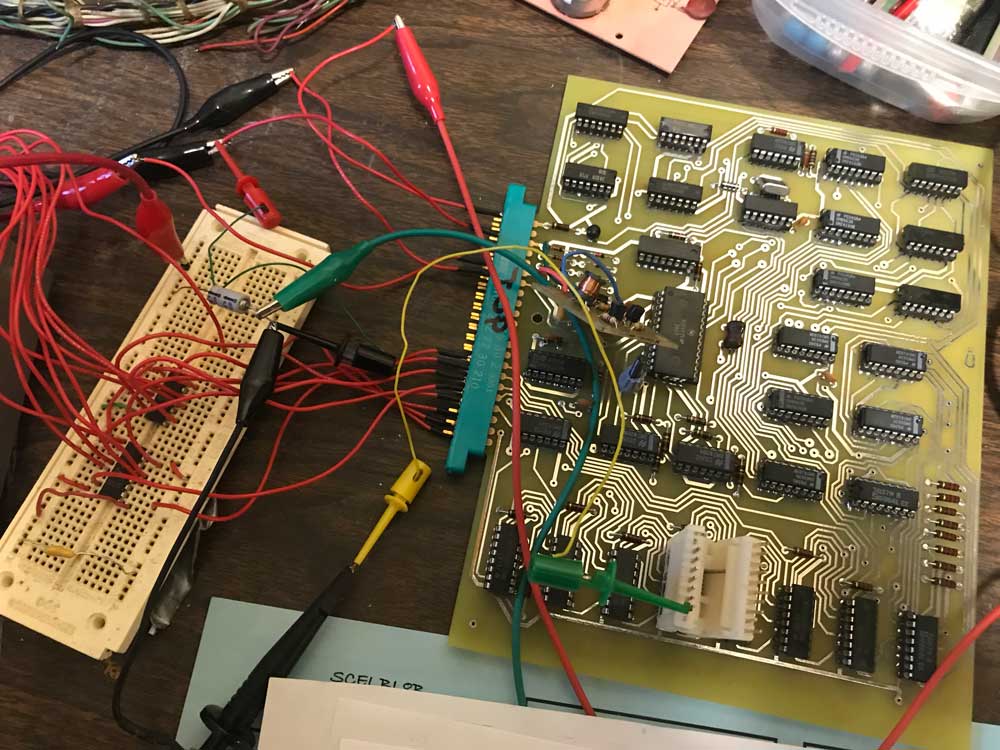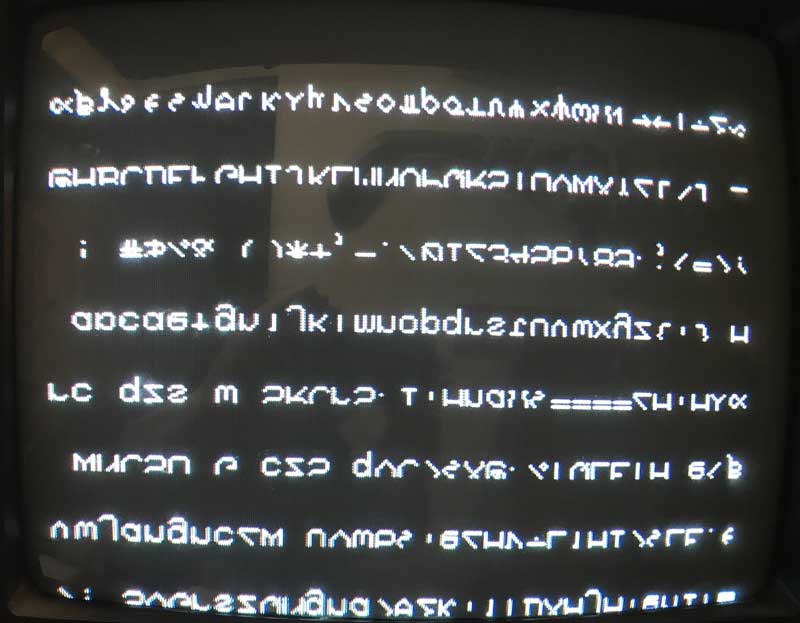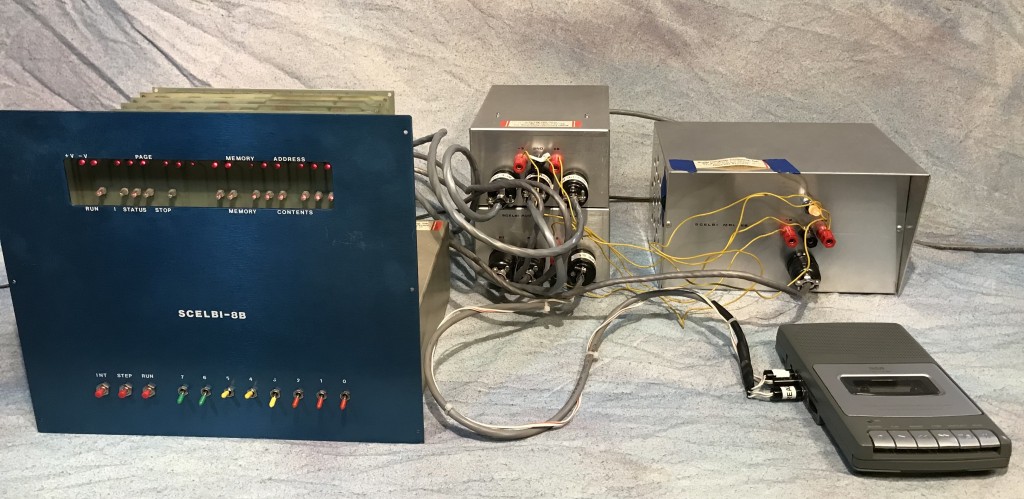
What we have here is a complete, original operating SCELBI-8B. It includes 12K SRAM, 4K EPROM loaded with MEA, a TTY interface, a cassette interface and on the right, an extremely rare SCELBI factory power supply.
I was asked by the owner of this system to get it working and I agreed to do the job. After setting it up, the only problem I could find was a bad smoothing capacitor on the five volt power supply. I will write up the power supply diagnostic process in a future blog posting.
I ran SRAM tests, and a number of applications on this system, including most of the features of MEA as well as SCELBAL. The owner was concerned about EPROM contents, so I wrote an EPROM verification program, which it passed with flying colors. Once the power supply was fixed, the system ran these diagnostics and applications in several sessions covering several days without a single glitch. SCELBI’s usually are pretty reliable machines and this one was no different.
By the way, I will be posting the EPROM verification program at some point on my 8008 application page.
However, there has been one snag. After I returned the system to owner, he reported that it didn’t work. The symptoms sound exactly like the original power supply problem, so I hope that this can be resolved relatively easily.
I really tend to shy away from doing repairs for the reason that a lot can go wrong while shipping an old system around the country. For example, quite a few years back, I repaired an Apple II, rev 0 motherboard which had three different faults. By the time it got back to it’s owner, a forth fault occurred. Even though I did this repair as an experiment and didn’t charge the owner anything, he appeared quite annoyed with me. Fortunately, in that case, based on the symptoms, I was able to correctly guess the root cause of the forth failure and get that machine running again, without having to ship it again.
Despite the challenges associated with repairing old computers, getting a chance to get an original 8B running and document it was too exciting to pass by. Though I have heard of one or two other original SCELBI-8Bs that partly work, this is the only one that is completely working, at least that I know about
Well it’s actually not working at this instant, but I’m certain that with a little more effort, it will be running, again.

